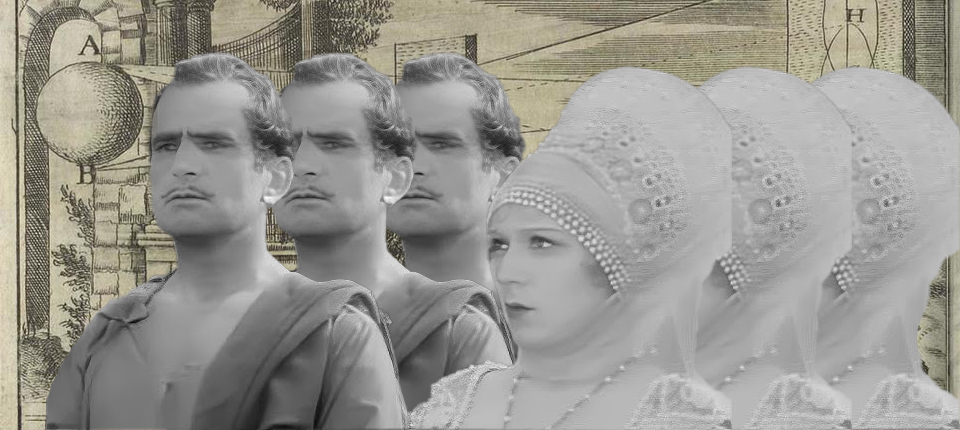Archaeology has had its fair share of hype over the decades. Occasionally that has been entirely justified (it is hard to imagine not hyping the tomb of Tutankhamun, for example). But the pressure from headline writers, from university PR departments and (I suspect) from underfunded excavators looking for sponsorship is to turn any discovery, however interesting but ordinary it might be, into “the first”, “the best”, “the most valuable”, or whatever superlative you choose.
Though I say it myself, TV documentary makers can be the worst. I was told by a museum curator years ago about a visit by a film crew wanting to inspect some early British swords for their new programme on King Arthur. The curator got out one rather splendid specimen, at which point the documentary director asked if it could be the sword Excalibur. “Not really”, the curator replied, correctly. That didn’t stop the director pressing and pressing, until finally he asked, “Could you tell me categorically that this could not possibly have been the sword of King Arthur?”. “Well, I couldn’t be absolutely 100 per cent certain that it had nothing at all to do with Arthur, but it would be overwhelmingly unlikely”, came the truthful reply. He said that he couldn’t bear to watch the finished programme as he knew exactly the bit they would show (“I couldn’t be absolutely 100% certain that it had nothing at all to do with Arthur…”, with drum roll and a lot more false certainty to follow).
It looks like there has just been another example of something similar. There were excited stories recently about the new find of a burial chamber at Petra near the Treasury (in the picture). It contained twelve bodies – and the site, according to the press accounts, promises to offer wholly new evidence for the history of the city (not to mention the fact that one of the bodies was holding what looked disconcertingly like the Holy Grail, in Indiana Jones and the Last Crusade, which was filmed at Petra). The most important find at Petra for 200 years, we were led to believe. I was still puzzling about what this new evidence amounted to, when a later and more judicious newspaper article exposed the predictable hype.
 The Treasury, Petra, Jordan | © Dave_B_, CC BY 2.0, via Wikimedia Commons
The Treasury, Petra, Jordan | © Dave_B_, CC BY 2.0, via Wikimedia CommonsApparently, or so more sober experts said, the existence of this tomb had been known for ages, and it had been left for the future, intentionally unexcavated by earlier archaeologists (who had already excavated two that were similar). It was not much of a surprise in other words. And it was largely the Discovery Channel, which was filming the new excavation for a documentary, that was behind the extravagant claims. The channel was not intending to reveal to an astonished world on television the relatively mundane truth that the finds were quite interesting but not earth-shattering and had been on the radar for a long time.
Most archaeology is not earth-shattering anyway – it’s usually more an aggregate of small discoveries and rethinking than a Big Bang. It is, I guess, too much to hope that the media could forego the hype and represent the study of the archaeological past more as it is in real life than it is presented in the movies. But it would sure be nice to see more of archaeology as it really was, rather than the Indiana Jones-style of buried treasure, underground chambers and archaeologists on (photogenic) camels.
The post Hyping the past appeared first on TLS.

 By Times Literary Supplement | Created at 2024-10-29 21:41:39 | Updated at 2024-10-30 21:35:30
1 week ago
By Times Literary Supplement | Created at 2024-10-29 21:41:39 | Updated at 2024-10-30 21:35:30
1 week ago



